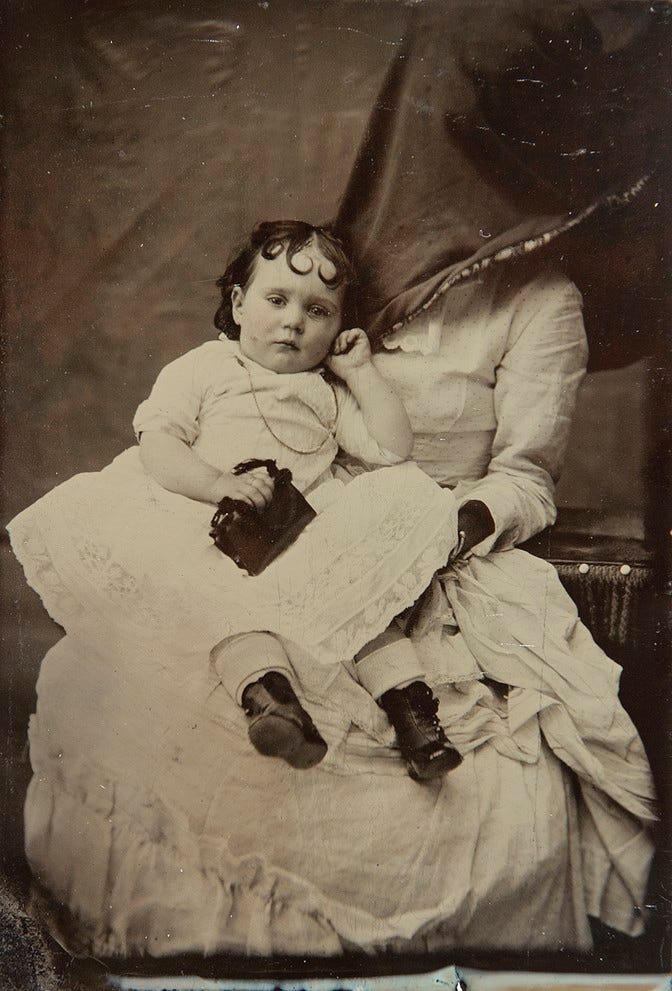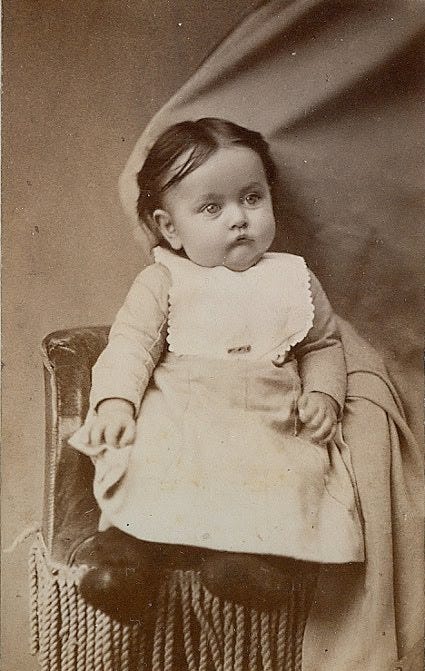Member-only story
Invisible Mothers in Victorian Era Photography: A Unique Glimpse into Motherhood
Photography of kids

During the 19th century, photography was still in its infancy, and capturing images was a considerably time-consuming process.
In the early days of photography, long exposure times meant it was often a struggle to ensure young children remained in front of the camera’s lens.
A creative solution emerged to photograph children without their fidgeting affecting the outcome.
This practice became widely known at the time as “Invisible Mothers.”
Victorian society
One aspect of this era was the emergence of a curious photographic practice, which shows the intersection of motherhood, photography, and Victorian society.
Long exposure times made it challenging to photograph young children, who were often unable to sit still for the duration of the exposure.
However, capturing the innocence and charm of childhood was a cherished endeavor for many Victorian families.
To overcome this challenge, photographers devised an ingenious solution.
In an attempt to immobilize infants and toddlers during the photographic process, mothers, and sometimes even fathers, played a crucial role.
They would be present in the photograph but would remain hidden from view.
The technique involved covering the mother’s body with a dark shroud or cloak, completely concealing her from the camera’s lens.
Only the child, seated on the mother’s lap or nestled in her arms, would be visible in the final photo.
This practice served multiple purposes within the Victorian context:
Emphasizing the Child:

A Victorian toddler, mother’s arm obscured by fabric.
The primary objective was to ensure that the child remained still and in focus during the long exposure.
